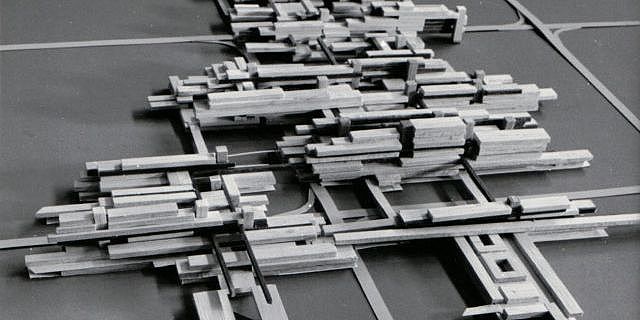Géographie Volontaire and the Territorial Logic of Architecture

Kenny Cupers
Architectural Histories, 4: 1, 2016
From the 1940s until the 1970s, an important group of geographers, engineers, state administrators, urban planners, and architects in France used the novel term géographie volontaire, or ‘volitional geography,’ to convey their ambitions for a comprehensive organization of space, from the modernization of housing and industry to the shaping of the national territory at large. It was therefore less a subdiscipline of geography than a particular logic for intervention, originating in wartime national planning and carried by the ambitions of postwar reconstruction and development. Focusing on the relationship between knowledge and design, the article reveals how géographie volontaire circulated in the institutions of government and the hallways of academia and how it shaped state-led architecture and planning projects. Corresponding to postwar revisions of international modernism, géographie volontaire extended the conventional scales of architecture and urbanism to the territorial. Yet more than just a change in scale, it implied both a particular political economy and a particular organization of knowledge. Shaped by the intersection of architectural and geographical knowledge, territory became a central logic for the state-led management of postwar capitalism.
Image: Design for the new town of Le Vaudreuil, 1973 © Atelier de Montrouge
Quick Links
